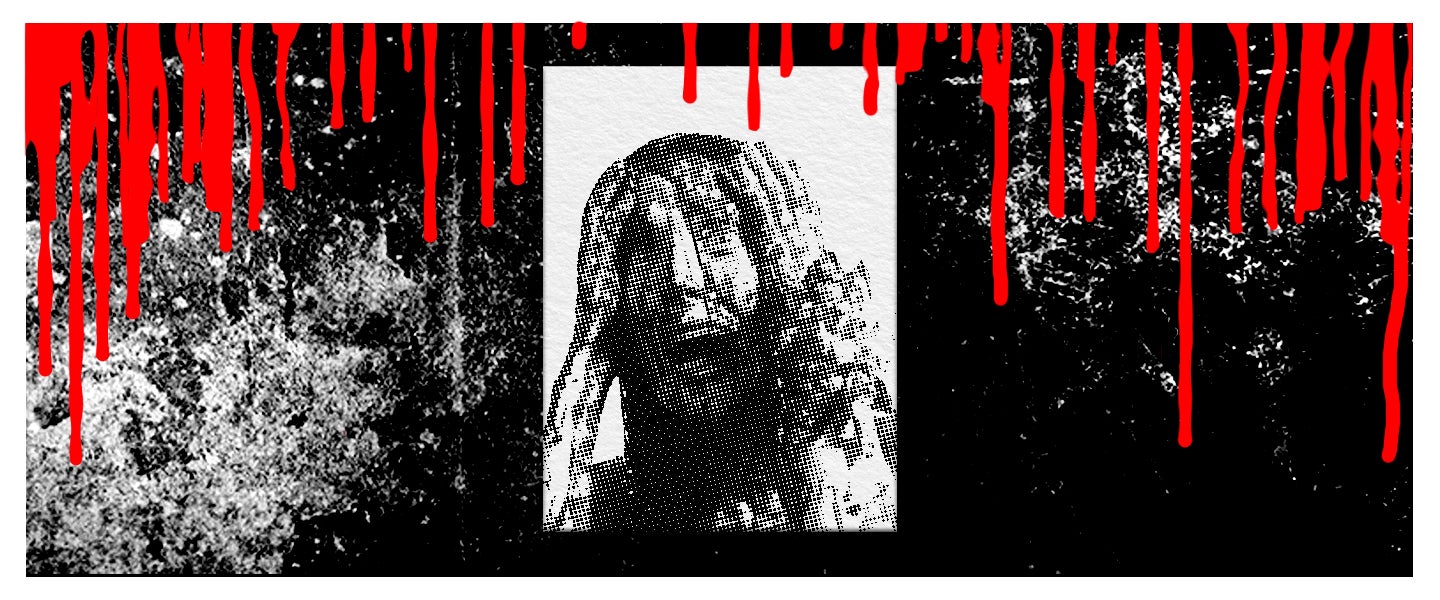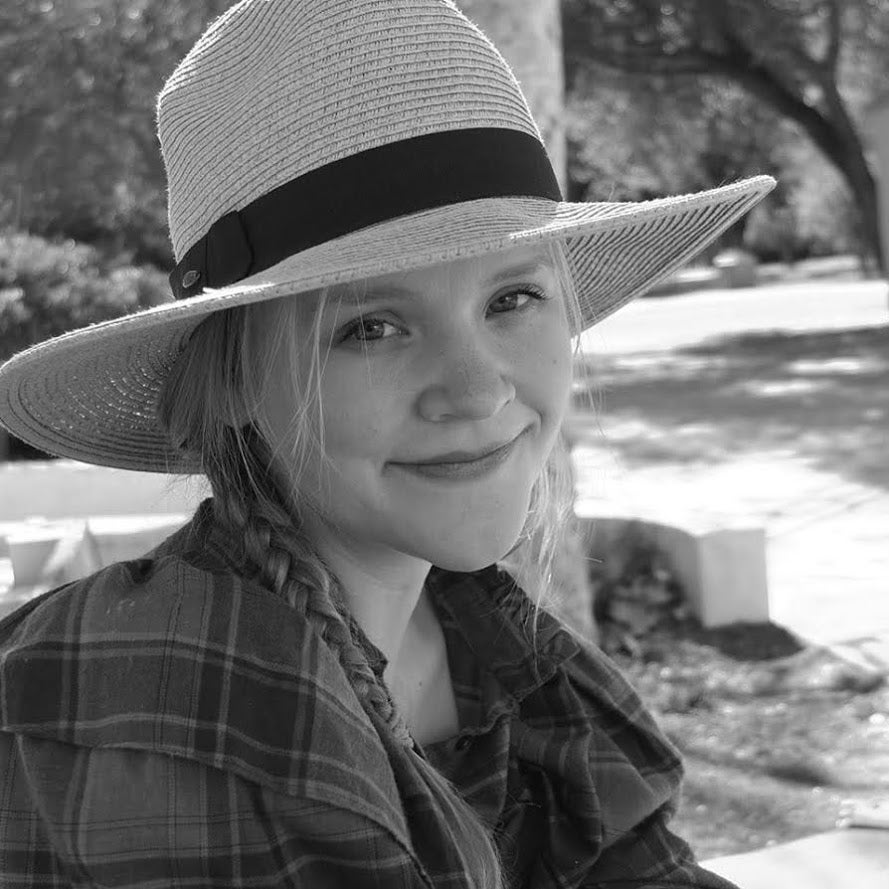It’s unkind to start off things with a jump-scare, but here we go: Gender is inescapable. You can run, but you can’t hide. The world’s conceptions of gender trail us like toilet paper on the bottom of a shoe, and it’s this insistent branding — a haunting, of sorts — that makes it so rife for exploration in literature and film. Gender-as-horror is everywhere, a petrifying combination of calls that come both from within and outside the house. In fact, horror typifies the way we’re slotted into roles chosen for, not by, us.
Puberty? Menstruation? Biology? Terrifying. People who think sex is destiny? Also terrifying. Internally, we’re beholden to our bodies’ machinations; externally, we’re beholden to impossible standards. This one-two punch — physical and social revulsion, existence’s lamest BoGo — only works because gender itself is so insidious. Combined with whatever hand we’re dealt out of the womb, it’s externalities that push gender (in French, genre means both gender and category, like horror) from helpful label to impossible performance.
A novel or film like Carrie epitomizes that raw deal. The only way to write about puberty and menstruation without inducing nausea is to use euphemisms that mask the mess. A “heavy flow” means that you gush blood ubiquitously; “that time of the month” is a painful span of two to seven days in which your midsection feels constricted by barbed wire. What’s most terrifying about Sissy Spacek slicked with pigs’ blood onstage at prom in the film version isn’t that she’ll soon enact vengeance (I mean, go off), but that she arrives at this degradation through a series of discrete, uncontrollable events, a wrongness that’s uncannily relatable.

Which of us hasn’t been the one in the wrong jeans, with the weird mom, holding the tampon in the locker room? Who hasn’t performed their gender wrong, a tomboy when the rest of the girls in 11th grade were getting fingered? The wrongness is her (and our) inability to do “female” right, and horror would have its audience know that the consequences will be harrowing.
To be clear, when I write about gender as horror, I’m referring to our social constructs of male- and femaleness, even if the OED’s definition doesn’t limit the potential number of these expressions. The powers that be would insist we get just two, a decision that, depending on your orientation, can feel like choosing hair or fingernails. (What if both?) But it’s this very pigeonholing that contributes to its potential as fodder for dread — when you’re given two binary essentials, it’s settling by necessity.
“Women” are one of these two options, and because we’re short-shrifted in many senses, it’s predictable that we’re well-represented. Archetypes like “slutty cheerleader,” “quiet nerd” or “mother” are ready to be embroidered with gore or terror. You have your Thomasin in Robert Eggers’ 2015 The Witch, who faces a barrage of sexist bullshit from her family until she takes a goat’s Satanic offer and retreats to the woods; queer stories like that in the campy Burning by Jane Chambers (1978), wherein queer women attempt to buck heteronormativity and get tortured by the local witch hunt; Octavia Butler’s Dana, whose gender only compounds the difficulty she faces as a black woman zapped back in time to the antebellum South in Kindred (1979); and Margaret Atwood’s Handmaid’s Tale, now a shorthand for feminized oppression.
Typically, for the fellows, the emphasis on gender is less pointed (albeit no less horrifying). To be fair, a cis-gendered man can’t get pregnant, which merits its own article entirely (see: Elisa Albert’s 2015 After Birth), but there’s still plenty of room for physical or psychic fallout. A favorite instance of man-as-victim-of-gender takes place in Dorothy B. Hughes’ noir In a Lonely Place, which slowly unfolds to reveal that former fighter pilot Dix Steele is actually a serial killer, not only because his name is Dix Steele but because his own toxic masculinity has corroded whatever traces of empathy were there to begin with.
Ultimately, he’s foiled by Sylvia (the wife of his erstwhile war buddy) and Laurel (whom he takes for a stupid ho), and his refusal to believe they could collaborate over their class and gender differences — as we all know, sophisticated women don’t slum it with loose girls — leads to his demise. “He sat there very quietly, trying not to hear, not to speak, not to feel,” Hughes writes. “But the tears rose in his throat, matted his eyes, he could not withhold them longer.” Maybe those tears could have been beneficial months or years earlier, before machismo had calcified into murder.
Too late! Sucks to suck!
American Psycho’s Patrick Bateman is a similar perversion of masculinity, but with too much skincare. The Shining’s Jack Torrance, meanwhile, is masculinity refusing submission to the nuclear family, and so ruined, by lust, rage and frostbite.
How, then, to be a man up-to-code? And along those lines, how to be a woman doing womanhood right?
Horror doesn’t deal in affirmatives — only omens, an inexhaustible list of pratfalls that you’ll surely encounter in your imperfect pursuit of being male or female, or god forbid, somewhere in-between.
The worst trouble, though, happens when the gender performs you. In Alexandra Kleeman’s You Too Can Have a Body Like Mine, narrator A lives off a diet of oranges, negotiating fraught relationships with a roommate, B, and a boyfriend, C. Things get dicey when B, “brittle and small-boned,” delicate as a corpse, outperforms A’s femininity and desirability, snatching away the boyfriend and A’s life entirely. A’s left to join a cult, where her best option appears to be a slow self-erasure — unable to opt out, she wastes into malnutrition and ends the novel hopeful for a new relationship, stuffing more nutritionally void Kandy Kakes into her “slavering center.”
As a reader, you want her to want more, but Kleeman narrows the world until you believe this might just be her best outcome. Woman as gaping hole: In a Hemingway novel, she might be a dumb pit of need, but in a Kleeman novel, she’s a neurotic, insatiable maw.
In Females (2019), Andrea Long Chu writes, “The thesis of this little book is that femaleness is a universal sex defined by self-negation, against which all politics, even feminist politics, rebels. Everyone is female, and everyone hates it.” For Chu, a female sacrifices herself to make space for the needs and desires of others. In this interpretation, any conception of gender might be posited as a refutation of or capitulation to femaleness — Dix Steele’s killing sprees, a Stepford Wife’s eerie submission, Mina Harker’s attempt to suppress her libido in Dracula because she’s married to that dolt Jonathan — they’re all swinging toward or away from the same maypole, their feet doing the dancing their brains would rather not. It’s A Doll’s House’s Nora Helmer and her frantic tarantella run amok. What’s not terrifying about that?
Gendered or not, bodies breed disgust. David Cronenberg has made a career out of it. Frankenstein, with its Victorian notions of men, women and monsters, is one of its cornerstones. It Follows (2014) skillfully advances the sub-genre into the bedroom (or car backseat), transmitting a haunting from person to person through sexual contact. And while gender is extricable from a body — it’s a social invention, really — it’s hard to extricate gender or its enforced roles from the world we live in today. There’s a reason Kate Chopin’s The Awakening horrified turn-of-the-century reviewers and readers — it’s a woman behaving “like a man,” pursuing her desires over those of her husband and family. It’s practically un-female!
Horror, the genre, has bad news for us all: There’s no winning, whether you’re a suspected 17th century witch or a cis dude with an unruly boner. (And, again, it only gets that much worse if you fall somewhere on the fringe.) Books and films emphasize this despair time and again, even as its characters often narrowly escape the grave. Laurel and Sylvia let everyone underestimate them in In a Lonely Place and reveal Dix to the cops, triumphant, but as the novel closes, I always wonder what comes next — Sylvia arranging tablescapes in a beautiful house on the California coast? Laurel fielding an army of lecherous creeps at the watering hole, defiantly alone? And Brub, Dix’s former wartime compatriot and now a cop, getting credit for his wife’s deductions? Two females and a male.
The binary is its own Shining-esque labyrinth. If you can make it to the end without a UTI, Satan’s baby or a marriage you didn’t want, well, you’ve bested most of horror’s most memorable characters.

